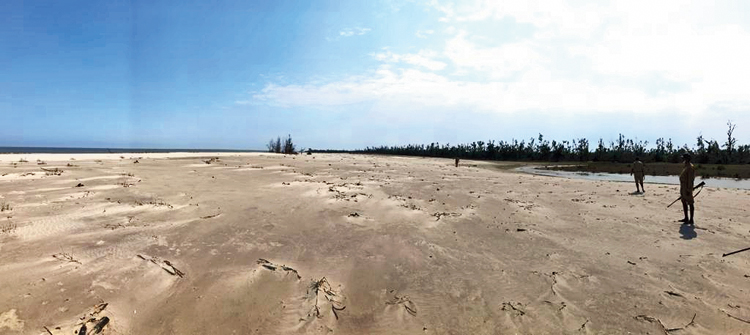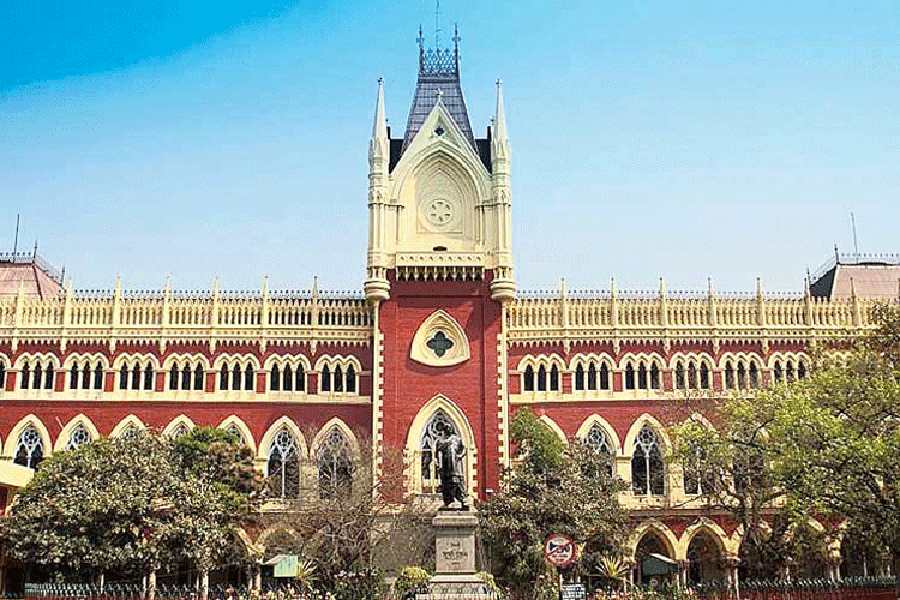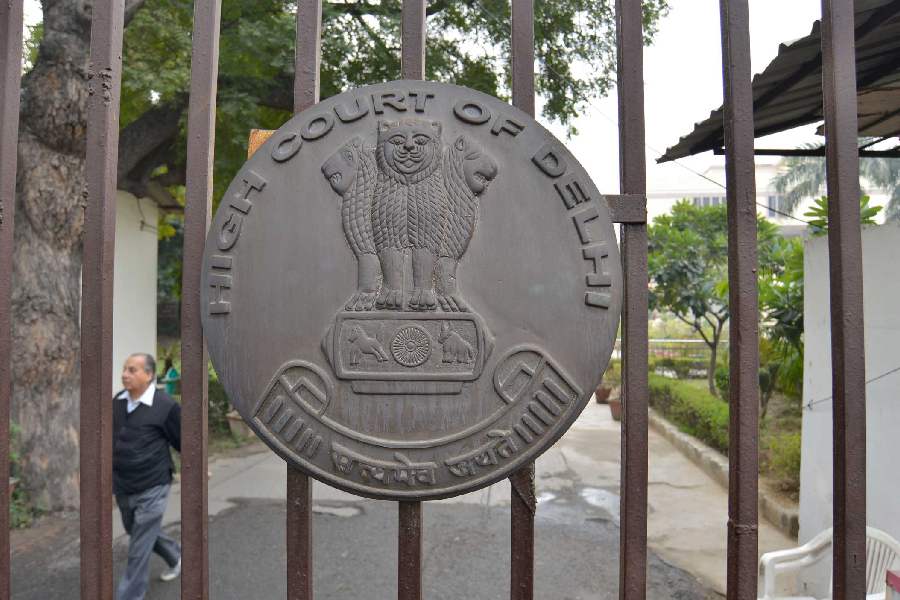Cyclone Amphan has devastated the coastal areas of South 24-Parganas freely as they were left unguarded by the felling of thousands of big trees and a part of mangrove forests by the mighty blows of Cyclone Bulbul in November last year.
The green cover of the trees and the mangroves used to shield the coast. Officials and experts said the destruction wrought by Bulbul had aggravated the damage brought about by Amphan in the Sunderbans delta, including Namkhana, Moushuni and G-plot.
According to official reports, at least one lakh homes were affected and 50,000 electric poles felled in South 24-Parganas on the afternoon of May 20. The officials said they were yet to assess the areas of trees and mangroves that had been damaged by Amphan.
“All large trees had fallen during Bulbul in November last year and so, Amphan got a clear route to destroy thousands of houses in our areas. During Bulbul, the presence of trees had saved us from such a destruction,” said Saral Kumar Das, a resident of Moushuni Island and a non-teaching employee of a school there.
“If you see sea-facing islands — mainly Moushuni, Bakkhali and G-plot, there is no forest in the southern part. It was completely an unguarded open coast and there was no wall of forest to protect it from a cyclone,” state pollution control board chairman Kalyan Rudra said.
“However, the Sunderbans were saved from severe devastation as there was low tide when Amphan’s landfall took place around 2.30pm on May 20,” he added.
Senior South 24-Parganas district officials said they had planted around 25 lakh trees last year but one year was too short for them to mature. “It is a fact that Bulbul had destroyed a large number of big trees and mangrove forests. Another cyclone hit the area again in a span of around six months. We had only one option: to plant more trees. We have planned to plant at least 50 lakh trees this year,” South 24-Parganas district magistrate P. Ulaganathan said.
Forest department officers said Cyclone Bulbul had also hit mangrove forests in the Sunderbans and engendered the formation of several new beaches. “The damage caused to the mangroves by Amphan is yet to be assessed,” said a forester.
The foresters said the mangrove trees took years to grow up and there was no scope of new plantation in the mangrove areas.
Jyotirindranarayan Lahiri, whose NGO Tepantarer Swapno is trying to assist the affected people in rebuilding their homes, said there was not a single house untouched by Amphan.
“Destruction of homes by Amphan is more than Bulbul only because of absence of shield of trees. There is no house in the coastal area which was not affected by Amphan,” said Lahiri, who also runs a little magazine in the area.
The foresters have said the government should keep in mind the planting of such trees as mango, palm and dates which are rooted deep in coastal areas. “In most cases, we found out that the trees planted even in Calcutta are not deep-rooted and as a result, they fall in high numbers when a cyclone or storm strikes,” said a forester.










